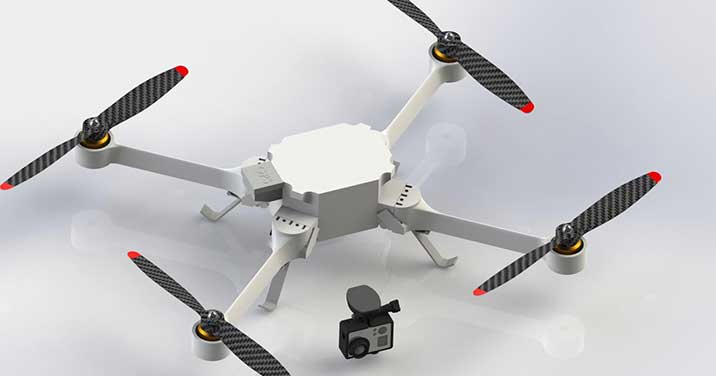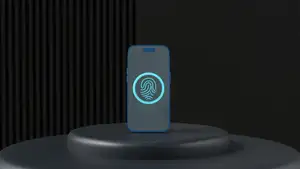
New Breakthrough In Drone Technology
Certainly you are well aware that the topic of drones became quite popular last year. Now, a new breakthrough from the Nanyang Technological University (NTU) in Singapore will most likely trigger even more excitement from drone enthusiasts of all types.
The rather clever innovation from NTU researchers was to figure out a technique for manufacturing a drone utilizing 3D printing technology. Get this: the NTU 3D printed drone is ready to fly. Ready to fly as in the requisite circuit board is built into the drone. Ready to fly also means that the base material used to 3D print the NTU drone is aerospace grade.
Specifically, the material is none other than Statasys ULTEMTM 9085, a high strength, yet lightweight material that is already certified for use in commercial aircraft. For the record, this drone is a joint project of the NTU Singapore Center for 3D Printing along with Stratasys Asia Pacific, a 3D Printing and additive manufacturing solutions company.
Understand that while the body of the drone itself is the result of the additive manufacturing process, the embedded commercial grade aerospace electronics were modified to accommodate the 3D printing process. The point to note here is that these electronics had to be of sufficient strength and hardness to survive the intense heat normally associated with 3D printing. In this case, that meant the electronics needed to be able to withstand temperatures up to 160 degrees Celsius.
The final step in the manufacturing process is the mounting and installation of the motors and propellers. Note that like many drones already on the market today, this drone is in fact a quadcopter with 4 rotors.
Take note that the entire manufacturing process outlined above was completed in just under 14 hours. A remarkable manufacturing feat to be sure. This remarkably short manufacture time is due to the fact that the 3D printing process only needed to be paused 3 times for the installation of the embedded electronics.
A bit about the drone itself. You can readily understand that the use of the Statasys ULTEMTM 9085 material means that the drone is incredibly durable. Moreover, as constructed today, the NTU drone has a rather impressive payload of no less than 60kg.
To understand just how much of a breakthrough this NTU drone really is, it is instructive to hear what one of the professors had to say. Professor Chua Chee Kai was quoted as saying that the NTU drone is a successful example of disruptive innovation that can be achieved when researchers from academia work with industry partners.









